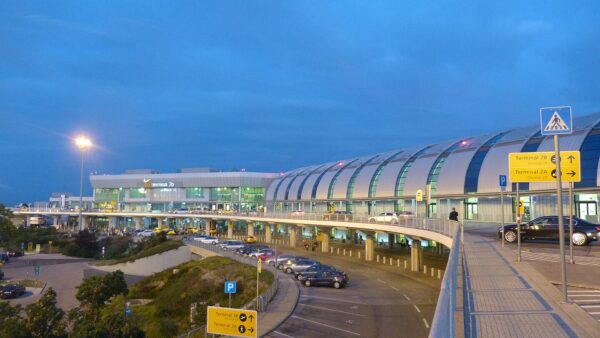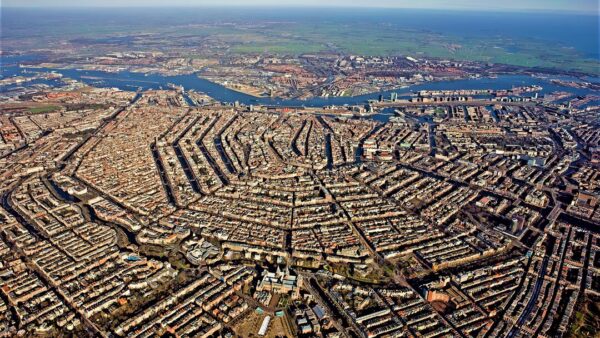A rail operator in Japan has conducted the first-ever public test of its new ultra-high speed magnetic levitation (maglev) train.Â
Last week, specially invited guests rode the train as it briefly hit a speed of 500km/h along the 42.8-km test track in Tsuru, Yamanashi Prefecture, reports Japan Today.
The driverless maglev train, operated by Central Japan Railway Co (JR Tokai), uses a high-tech propulsion system called “L-Zero” that first brings the train to a speed of 160km/h in the conventional wheels-on-rails way.
Upon reaching 160km/h, the train initiates the maglev system which both propels the train and causes it to float above the rails. Its speed was gradually increased to 500km/h, JR Tokai said. That is not far off the cruising speed of a Boeing 737 airliner – 780km/h.
The fastest train in Japan now is the Hayabusa shinkansen, which travels at 320km/h, Japan Today said.
JR Tokai plans to offer test rides to the broader public in November this year.
The maglev line, which will run 286km between Tokyo and Nagoya, is expected to be operational by 2027, and to have four stations.
Currently, the world’s only maglev rail line in commercial operation runs 30.5km from Shanghai, China to the city’s Pudong International Airport (pictured).
Japan is keen to be a global leader in the technology. To help promote it, its government has said that it will cover half the cost of a $10bn, 35km maglev line between Baltimore and Washington DC in the US.
Photograph: Shanghai’s maglev Transrapid train at Longyang Road Station, Shanghai (Titus v.d. Malsburg/Wikimedia Commons)
Comments
Comments are closed.







Why was it necessary to illustrate the article with a photo of a totally different maglev train, the Transrapid at Shanghai, China? That train uses conventional electromagnets and operates on the attraction maglev principle with a 1 cm gap while the Central Japan Railway maglev uses superconducting magnets acting in repulsion and affords a 10 cm gap.
This may be irrelevant to the discussion, but I had a ride on the Shanghai maglev train and it was truly wonderful. Economies of scale may produce cheaper transport than the flying “tin cans” that we are now subject to, with the attendant trappings of airports etc and more yuk. The ride was quiet and exciting with the scenery flashing by and seen through panoramic windows, unlike the claustrophobic confines of an aeroplane. There is a Spanish train constructed with wheels which reaches 578 kph, but frankly, I don’t trust wheels having had them fall off my car. One non- straight rail would throw the train, I’m sure, completely off balance. At least with maglev, there is an air gap between vehicle and track.